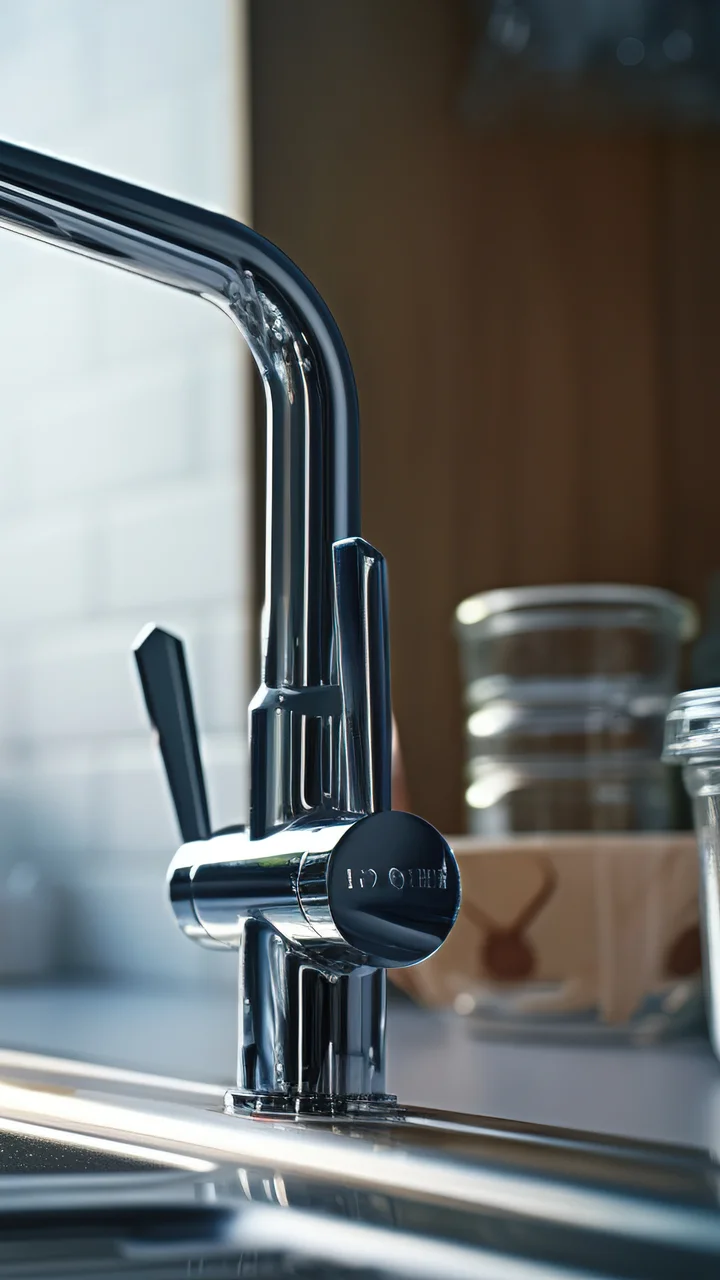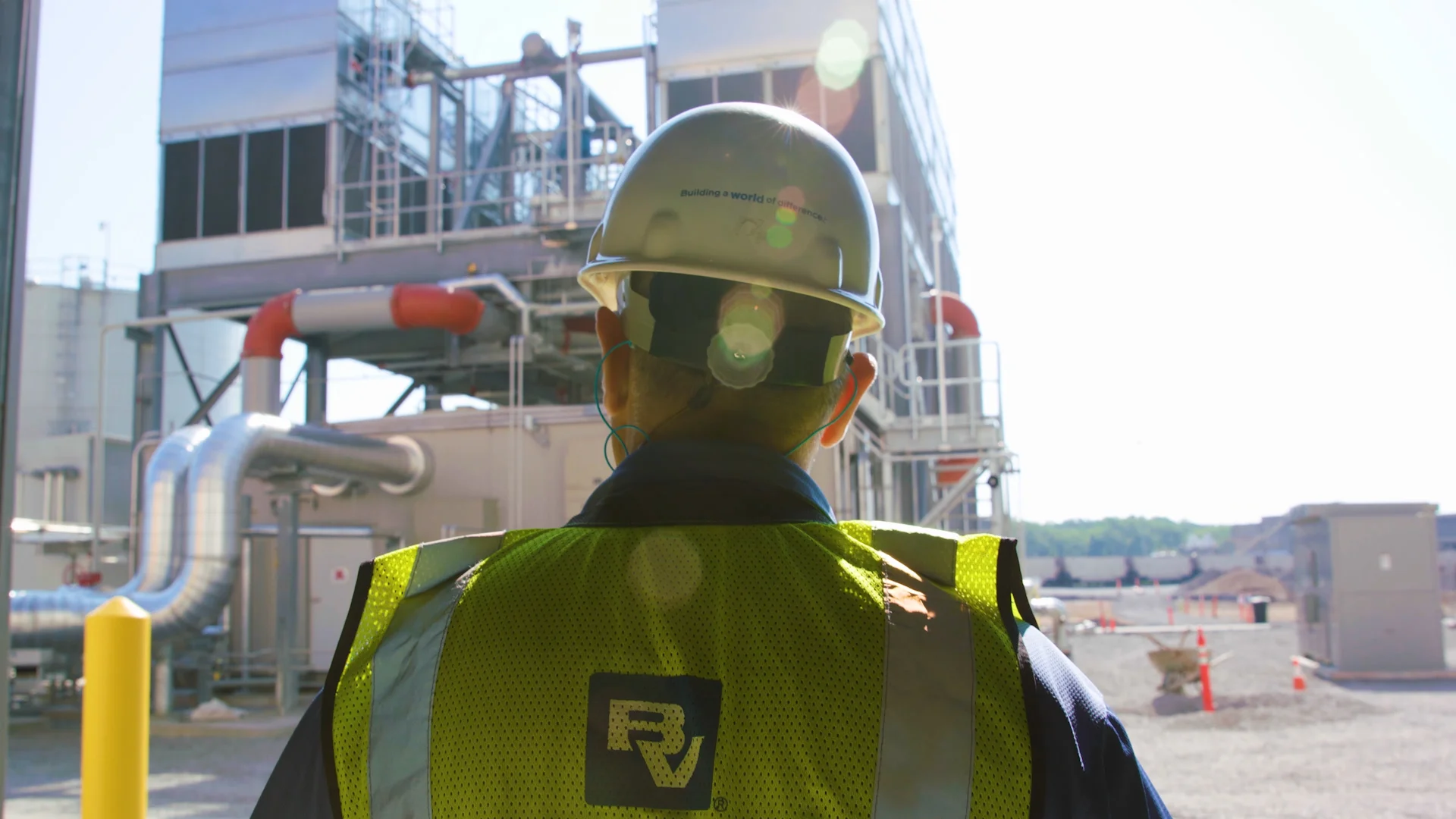The American Rescue Plan, the Infrastructure Act and You: What’s Your Plan?

Having done more with less for so long, the water and wastewater industry finally is getting a needed injection of aid. The hundreds of billions of dollars destined for cities and counties under the American Rescue Plan Act of 2021 (ARPA) and the trillion-dollar Infrastructure Investment and Jobs Act (IIJA) offer a once-in-a-generation opportunity for state and local governments to invest in long-delayed water, wastewater and stormwater projects.
Unsurprisingly, aging infrastructure remains the chief challenge for the industry, according to Black & Veatch’s 2022 Water Report survey of more than 300 stakeholders across the water and wastewater landscape. Financial concerns also command top spots, with respondents pointing to funding and availability of capital (No. 5), justifying rate requirements (No. 6), managing capital costs (No. 7) and managing operational costs (No. 10) as major challenges.
Against this backdrop, utilities eagerly have been awaiting the new resources within the IIJA and the second tranche of ARPA money, with nearly 40 percent responding they plan to use the new state or federal funding to press ahead and accelerate capital projects, reflecting an urgency in making long-delayed upgrades to aging infrastructure. One-third were slightly less committal with their responses of “might or might not,” perhaps suggesting a slower approach to identifying goals, mapping out meaningful investments and engaging stakeholders throughout the process.
Yet, overall optimism is high, with a combined 95 percent of respondents expressing confidence that their organization would be able to make use of the new funding mechanisms. Half of them cast themselves as “extremely” or “very” confident.
Opening the Purse Strings
With increased money into the state revolving funds (SRF) and other programs through the IIJA — and ARPA money available to some cities and counties for water, wastewater and sewer projects — utilities have additional financial resources available. When polled on which sources of funding they have considered for capital projects, most utilities pointed to “other federal grant programs” as the primary option.
Contact Us
Looking for a partner in innovation?
Let's Talk
